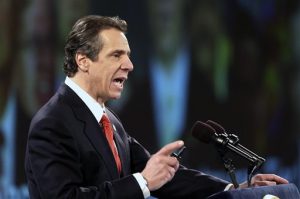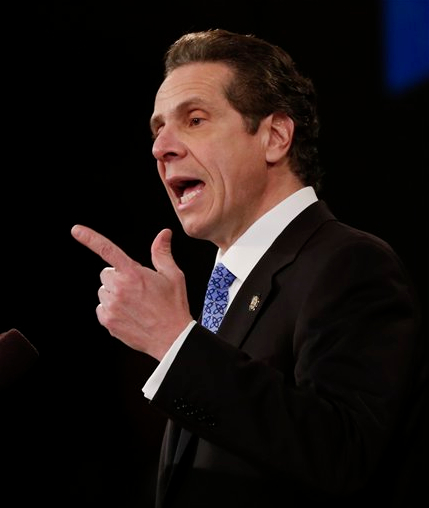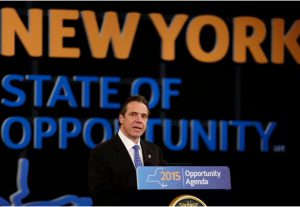
Cuomo touts plan to reform police-community relations

Andrew Cuomo discussed improving relations with the police. AP Photo/Mike Groll
Gov. Andrew Cuomo outlined a multipart plan to improve police-community relations in the wake of a pair of fatal encounters that have triggered a renewed focus on policing in New York.
Cuomo’s plan, unveiled Wednesday in his annual State of the State address, aims to provide more protections for police officers but also more oversight on incidents with police that lead to a death.
“The promise of equal justice is a New York promise, and it is an American promise,” Cuomo said in Albany. “We are currently in the midst of a national problem where people are questioning our justice system.”
Leave a Comment
Leave a Comment

